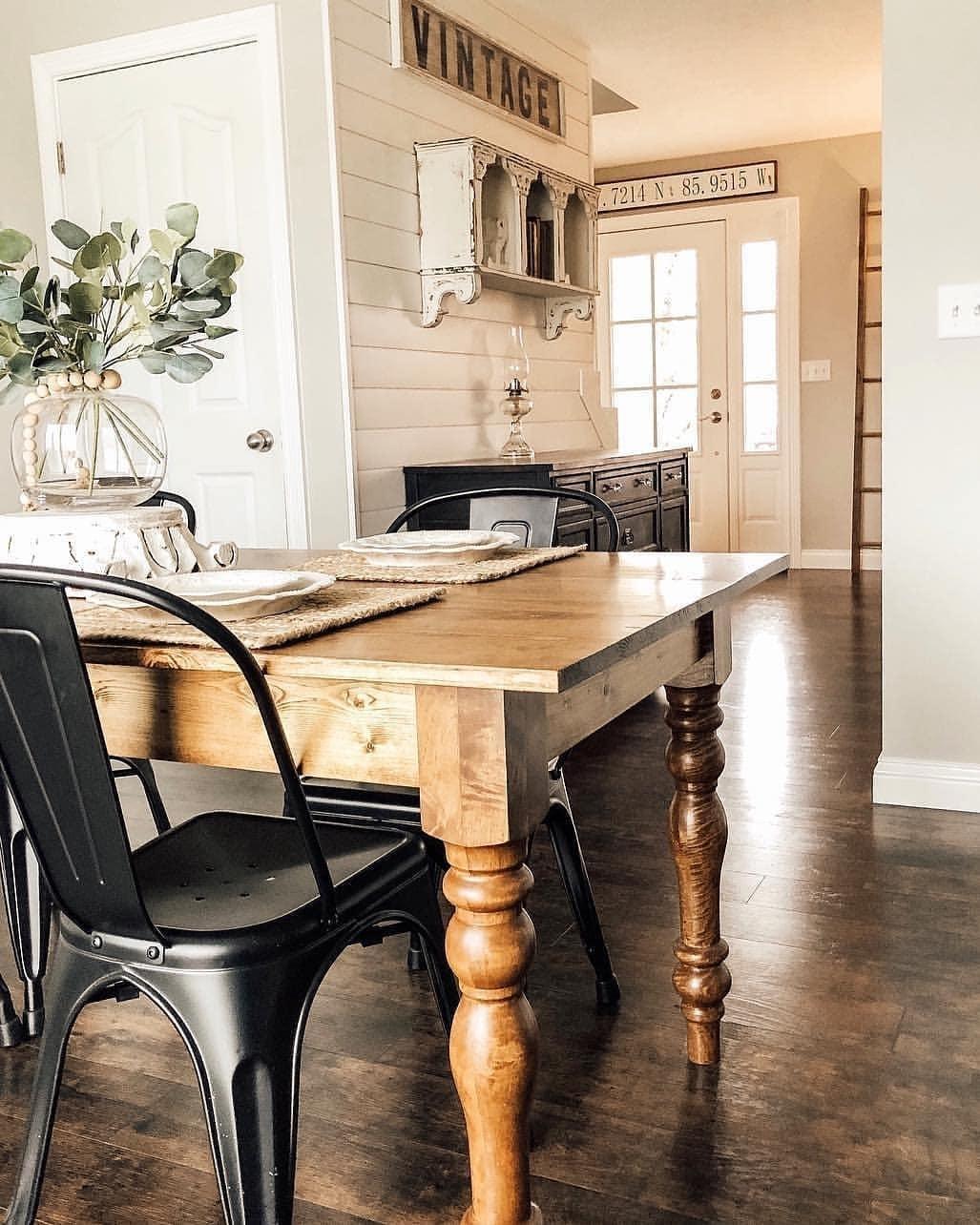Add Charm and Elegance to Your Space with Distinct Dining Room Table Legs
Just How to Choose the Perfect Dining-room Table Legs for Your Home Design
Choosing the optimal dining area table legs is a nuanced process that needs mindful factor to consider of numerous components, including your space restraints, visual choices, and functional needs. The interaction in between styles, products, and dimensions can considerably influence the setting of your dining location, making it essential to approach this choice methodically.
Assess Your Dining Space
Analyzing your eating area is critical for selecting the right table legs that match both looks and performance. Begin by determining the dimensions of your eating location, consisting of ceiling height, flooring space, and distance to various other furnishings. This information will aid figure out the proper size and height of your table, which directly affects the option of table legs.
Following, take into consideration the style and design of your dining area. An open-concept style might profit from table legs that offer visual agility, such as slender steel or acrylic options. Alternatively, a more traditional setting could call for strong wood legs that offer a sense of permanence.
Examine the existing color palette and products in your dining area. Harmonizing the table legs with these components develops a natural look that enhances the overall decoration. Furthermore, think concerning the functionality called for in your space. For instance, if you regularly hold huge celebrations, take into consideration legs that supply additional support and security.
Ultimately, a complete evaluation of your eating room will certainly lead you in making an educated decision, making certain that your table legs not only boost the aesthetic charm but additionally serve useful purposes.
Consider Your Design Preferences
When picking eating room table legs, it is necessary to mirror on your individual style preferences, as they dramatically affect the total aesthetic of your dining room. Your choice of table legs can either complement or contrast with existing decor, making it important to align them with your preferred interior design style.
If your home leans towards a modern-day aesthetic, consider streamlined metal or minimalist wood legs that provide a tidy, clean appearance. For a more standard approach, luxuriant wooden legs with detailed makings can add a touch of beauty and refinement. Industrial styles benefit from durable, basic materials such as reclaimed wood and steel mixes, showing a sturdy charm.
Furthermore, farmhouse and rustic designs typically favor tough, chunky legs that evoke a sense of warmth and convenience. On the other hand, if your decoration is diverse, you may choose unusual shapes or a mix of materials to create visual passion.

Evaluate Material Options
The option of product for eating area table legs plays a critical duty in both longevity and aesthetic allure. Usual products consist of wood, steel, and composite options, each offering distinctive attributes that can affect the general look and longevity of your table.
Wood is a timeless choice, recognized for its heat and convenience. Hardwoods like oak and walnut offer phenomenal stamina and can be completed in numerous discolorations to match any type of decor. However, softwoods like ache are a lot more vulnerable to damages and scratches, making them much less excellent for high-traffic areas.
Metal legs, typically crafted from steel or aluminum, show modernity and industrial charm. They are extremely durable and resistant to wear, making them suitable for family members with youngsters or frequent gatherings (dining room table legs). Additionally, metal can be ended up in different colors, improving the modification possibilities
Composite materials, such as MDF or laminate, deal cost and varied styles. While normally less sturdy than solid wood or metal, they can still offer a stylish appearance and are usually simple to maintain.
Inevitably, the material you select should align with your lifestyle, visual choices, and the level of use your dining table will certainly experience.
Determine Elevation and Dimension
Choosing the appropriate height and size for your dining-room table is necessary for both capability and comfort. The basic height for eating tables typically varies from 28 to 30 inches, permitting enough legroom for the majority of individuals when seated. However, it is essential to think about the dimensions of your eating area and the sorts of chairs you prepare to make use of.

Moreover, take into consideration the proportions of your eating room. A bigger table in a sizable area can produce a grand setting, while a smaller sized table works well in even more intimate settings. Ultimately, the best height and dimension will integrate with your overall design and enhance the dining experience for you and your guests.
Explore Customization Opportunities

Furthermore, the layout of the legs can be tailored to fit different styles, such as rustic, contemporary, or industrial. Tapered legs can stimulate a mid-century modern-day feel, while beefy, block-style legs might reverberate with traditional or farmhouse decor.
Property owners can also explore shade coatings, from all-natural timber discolorations to paint, enabling them to match or contrast with the table top and bordering decoration.
Moreover, leg elevation can be adjusted to suit certain seating plans or personal choices, boosting both comfort and capability.
Finally, unique decorations, such as carvings or attractive brackets, can visit their website even more customize the table legs, making the dining experience not just a statement but a dish piece in the home. By considering these personalization options, home owners can produce a dining-room table that truly shows their individuality.
Final Thought
Choosing the excellent dining-room table legs needs careful factor to consider of various factors, including the measurements of the eating room, design preferences, product longevity, and preferred elevation. Customization choices even more boost the capability to attain a cohesive aesthetic that complements the total style. By methodically assessing these aspects, home owners can make certain that the selected table legs not only fulfill useful needs yet also contribute favorably to the dining experience and ambiance of the home.
Choosing the ideal eating room table legs is a nuanced process that needs mindful factor to consider of different aspects, including your room constraints, visual choices, and practical requirements.Analyzing your dining area is crucial for picking the right table legs that enhance both aesthetic appeals index and functionality.When establishing dimension, gauge the area where the table will be put to guarantee it fits pleasantly, enabling for at least 36 inches of clearance around the table for easy movement. A bigger table in a large location can develop a view website grand setting, while a smaller sized table works well in more intimate setups.Picking the suitable dining room table legs calls for cautious consideration of various elements, consisting of the dimensions of the dining area, style choices, material durability, and desired elevation.